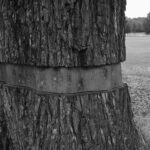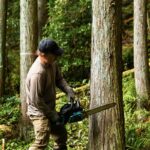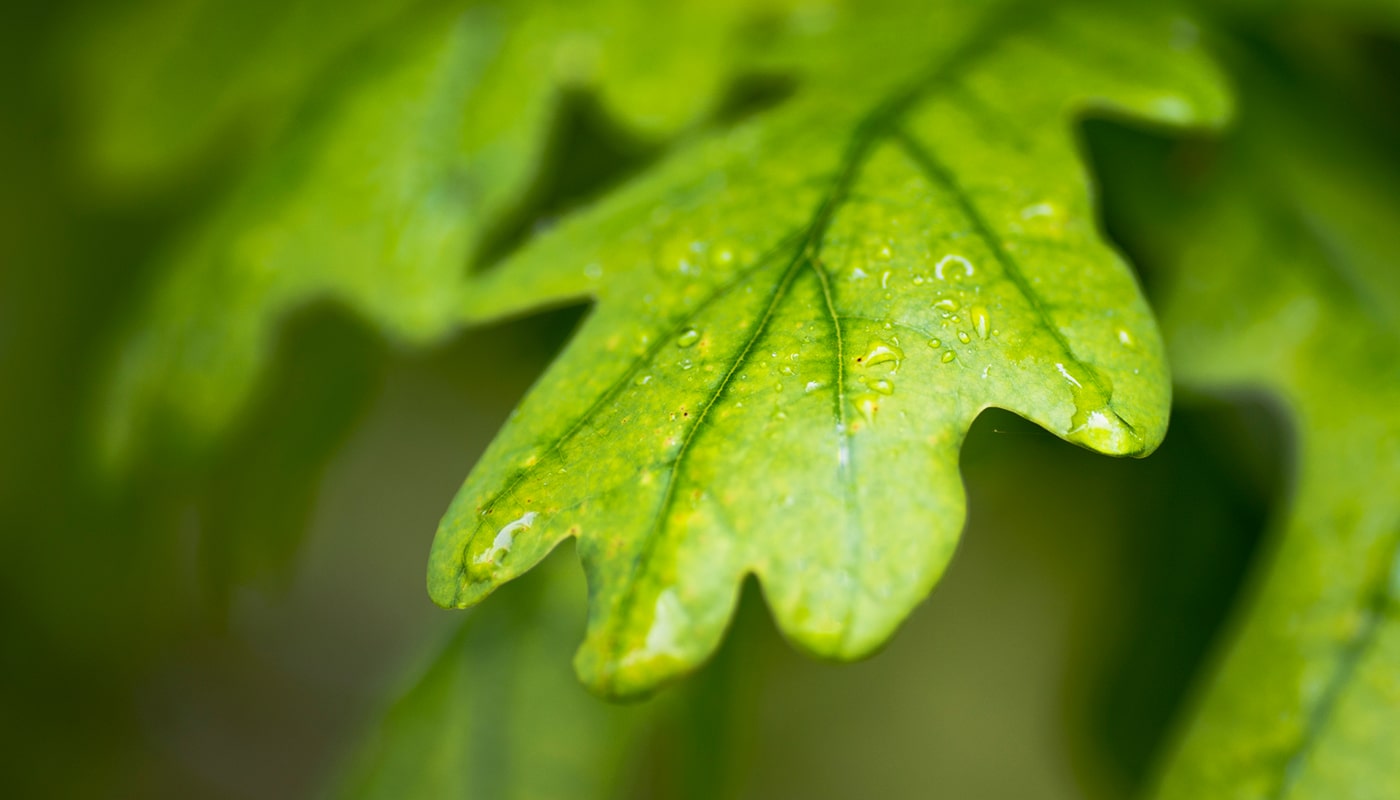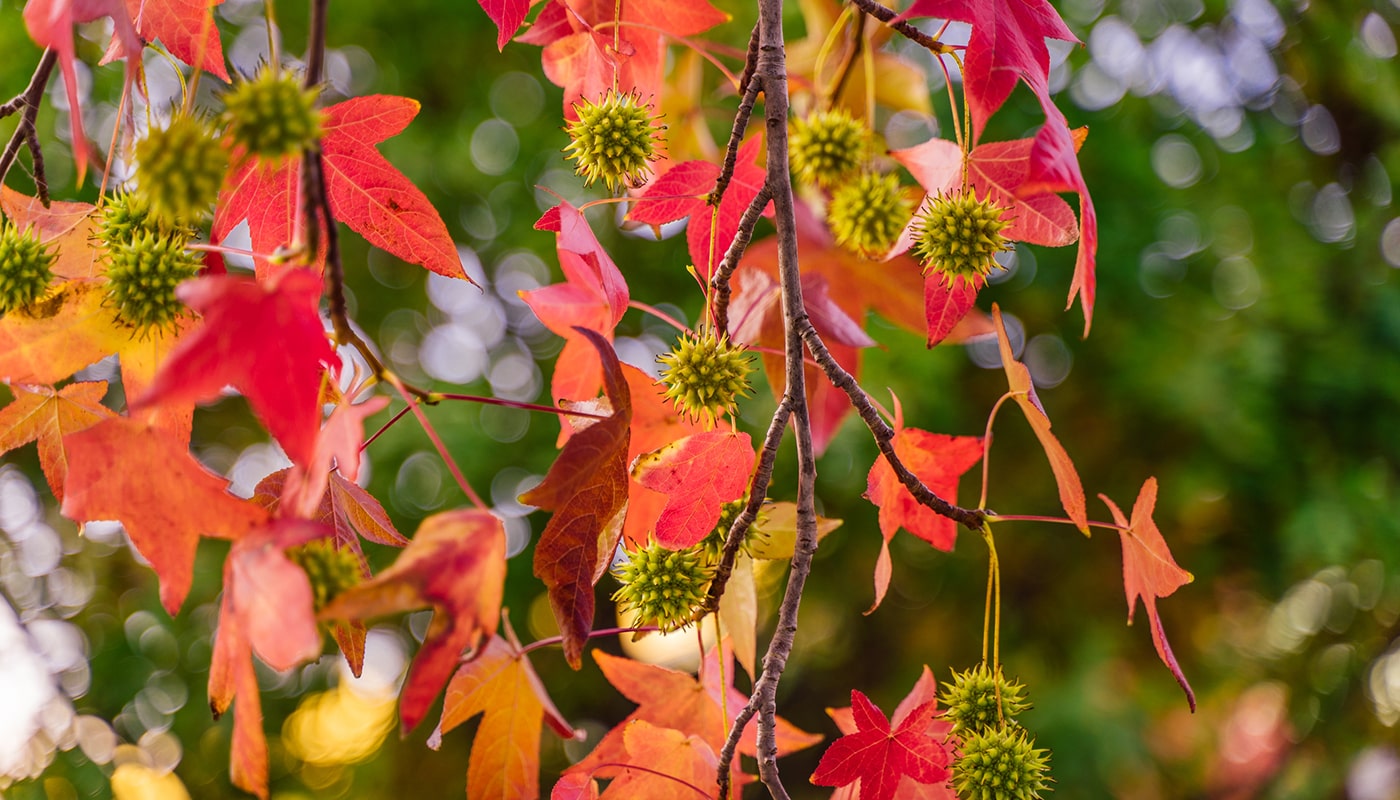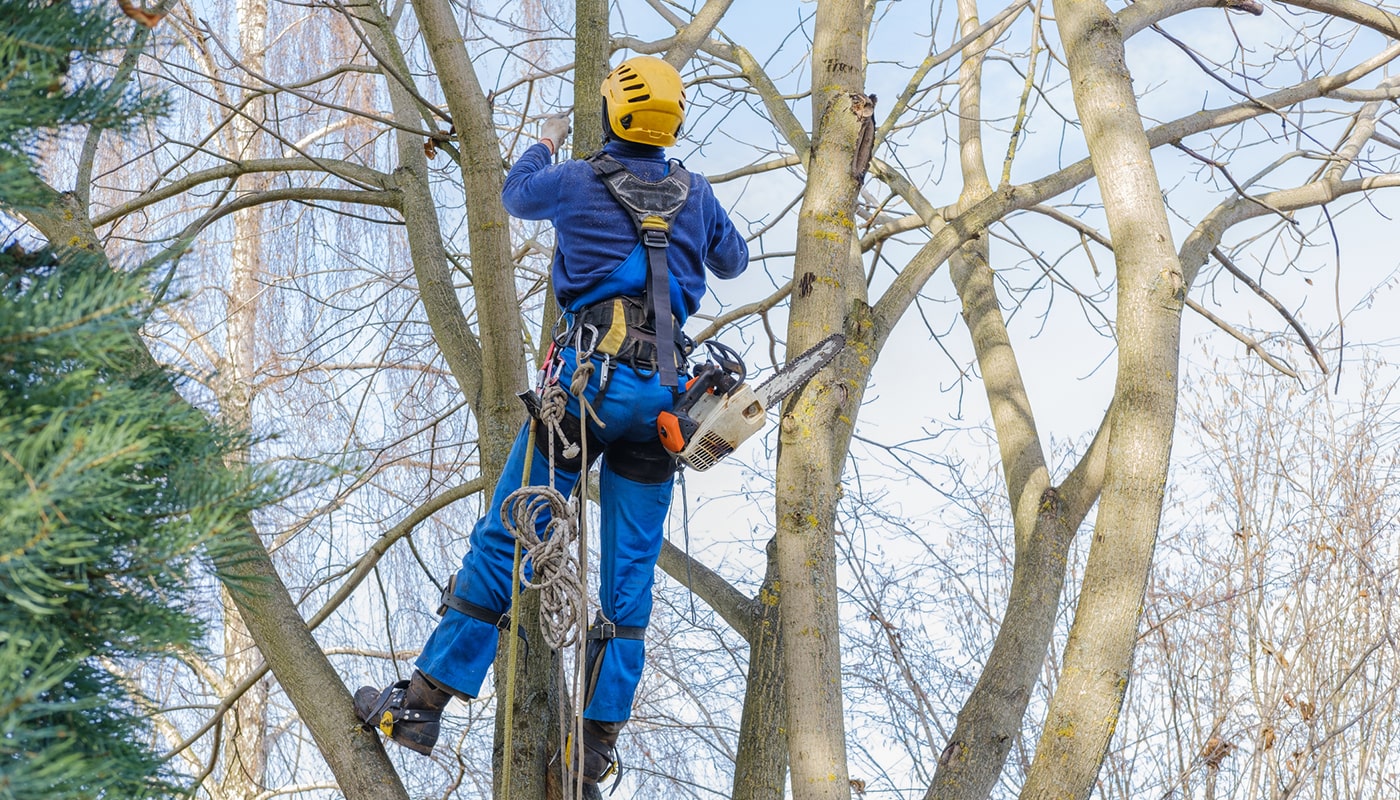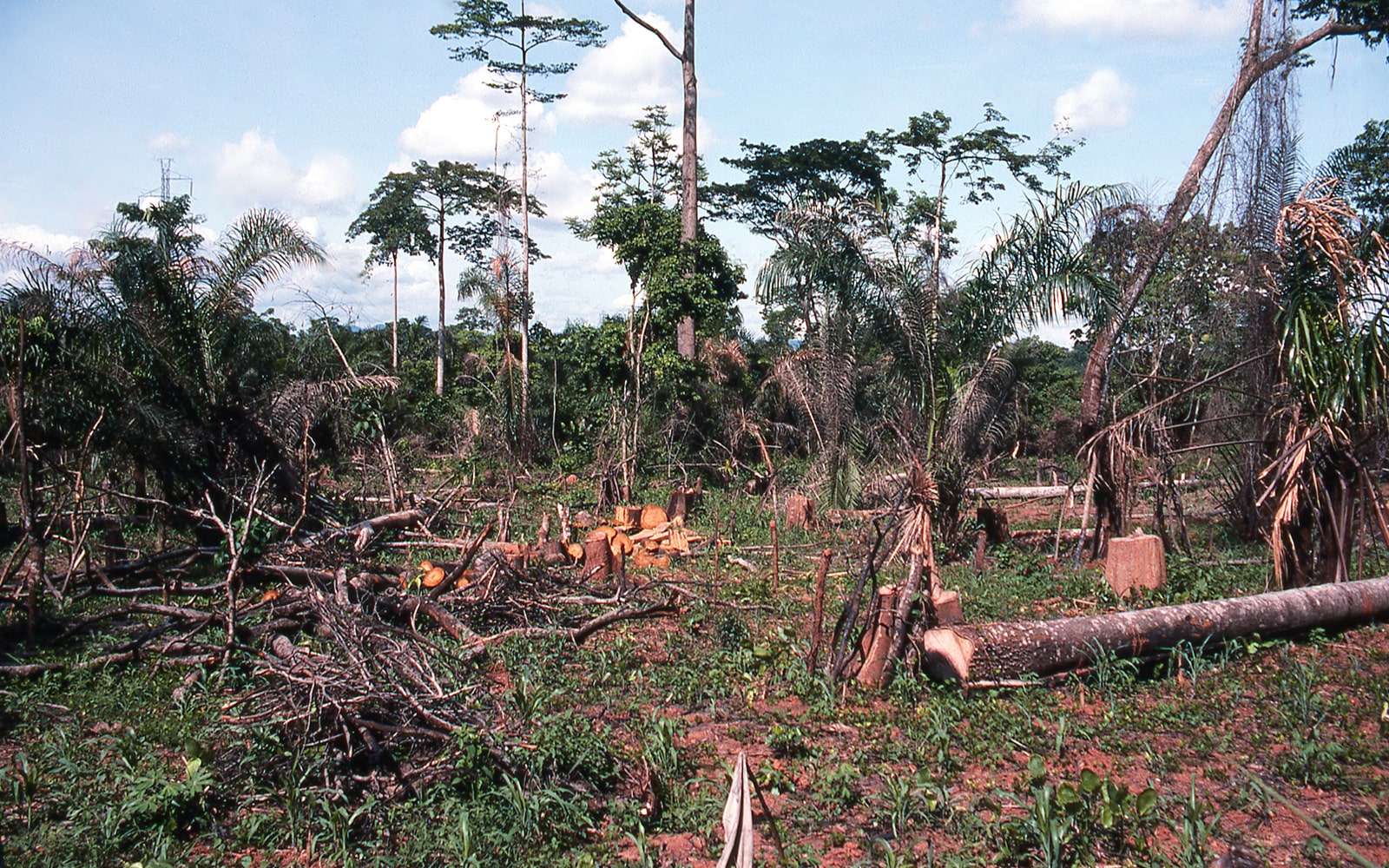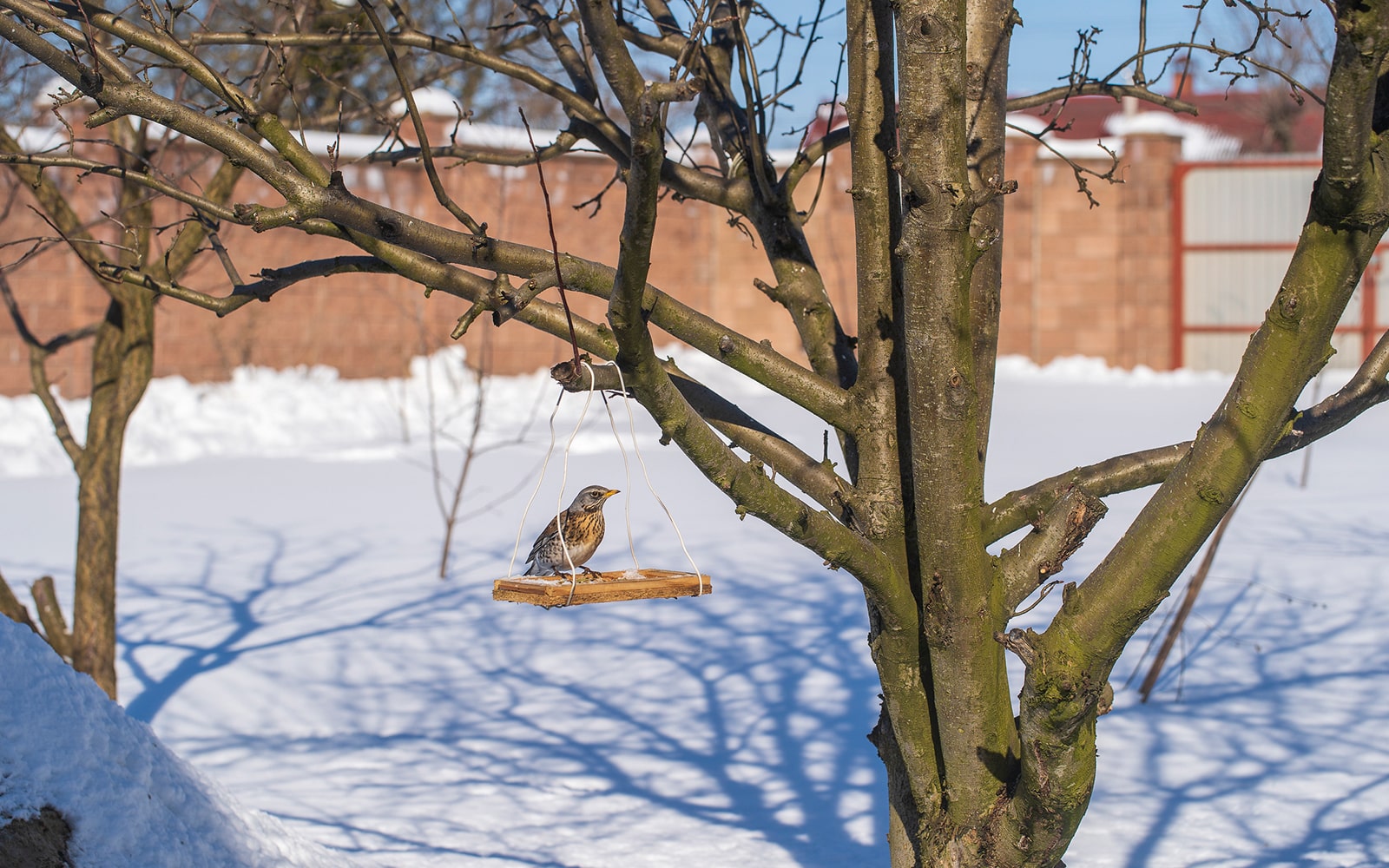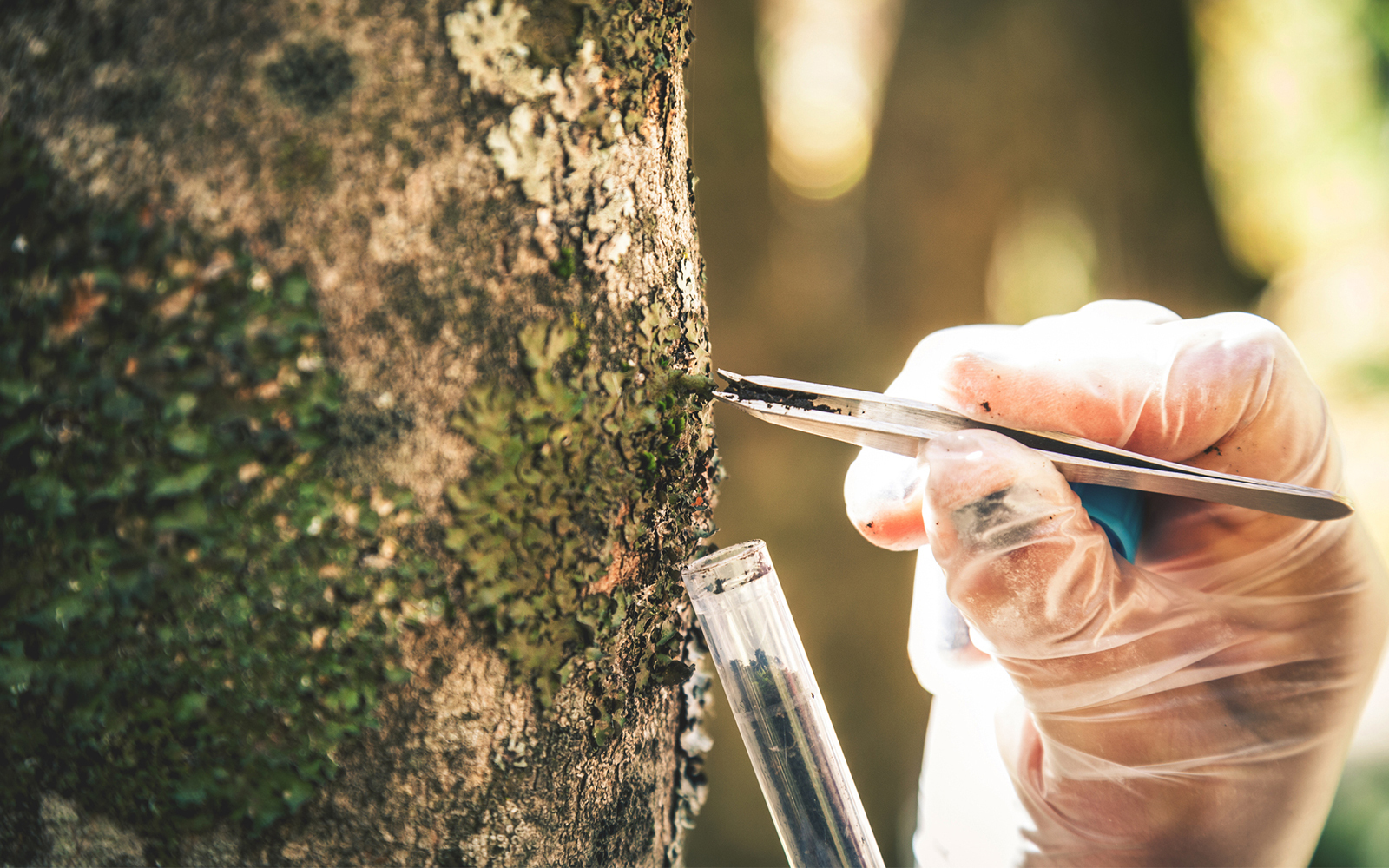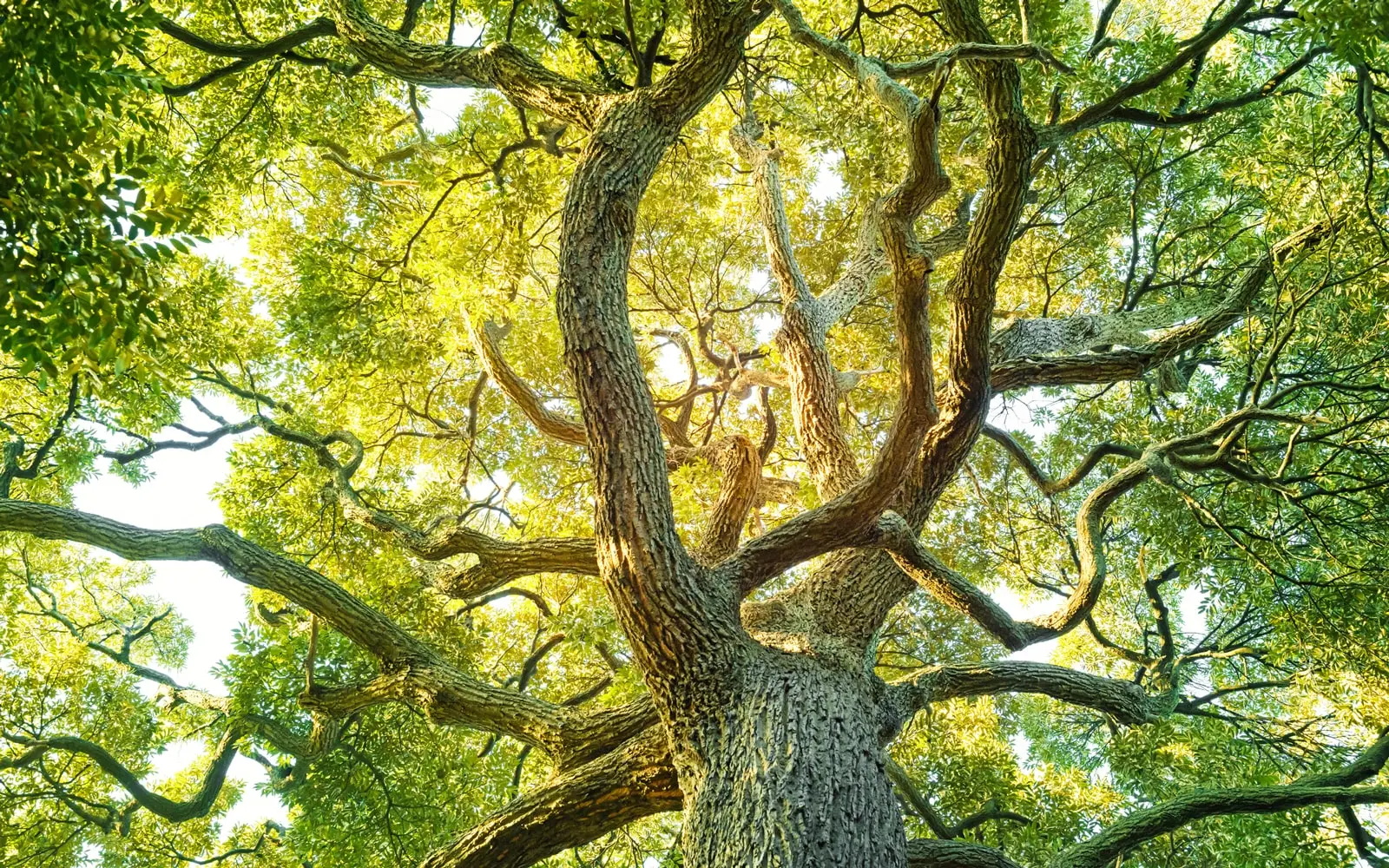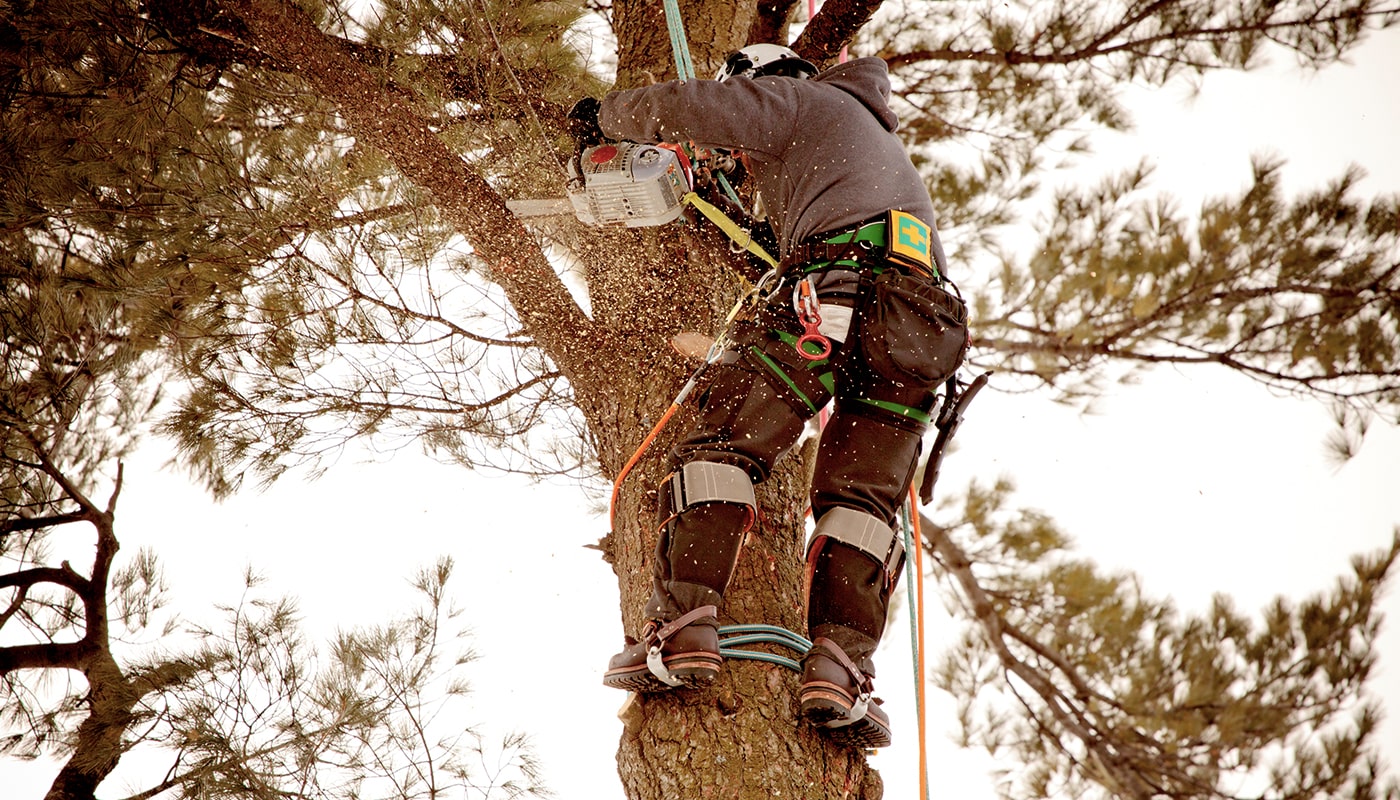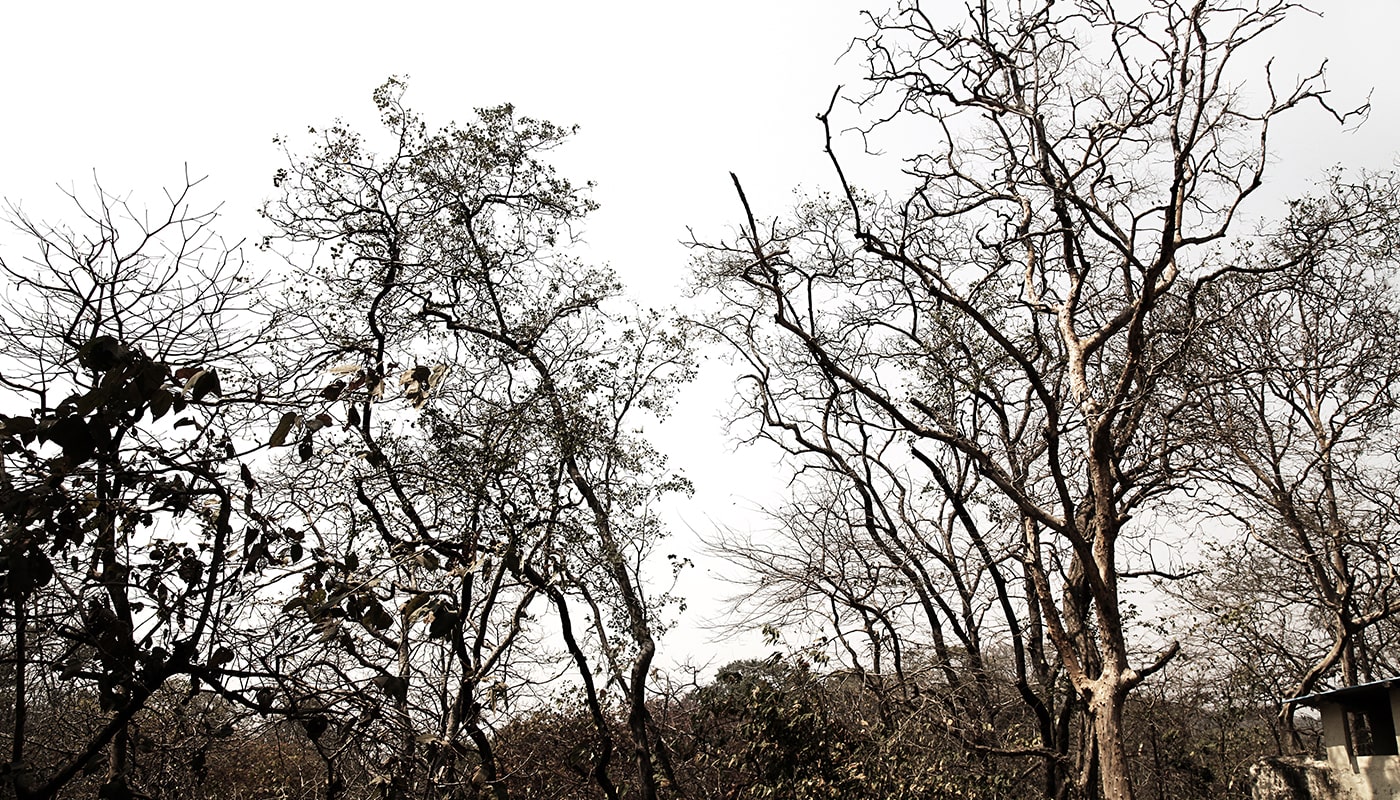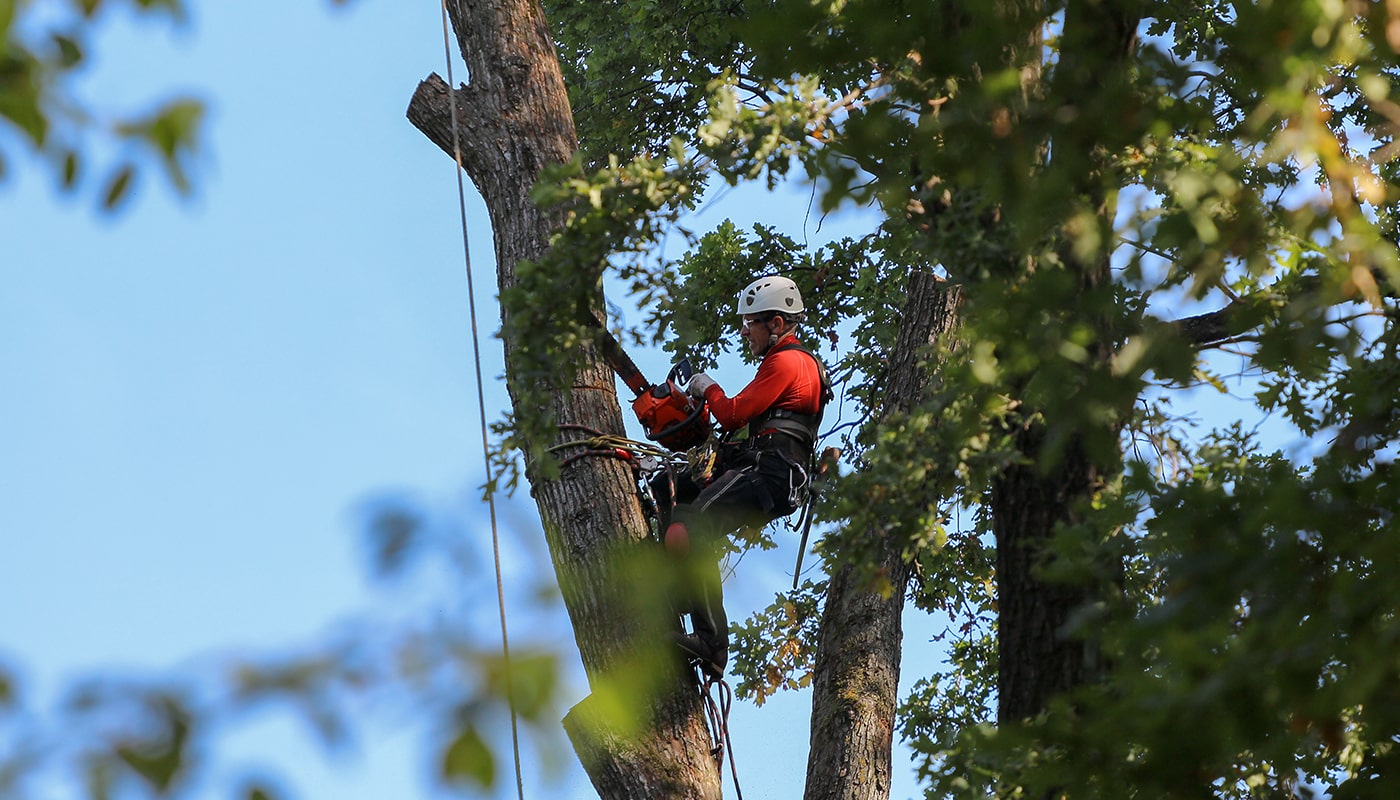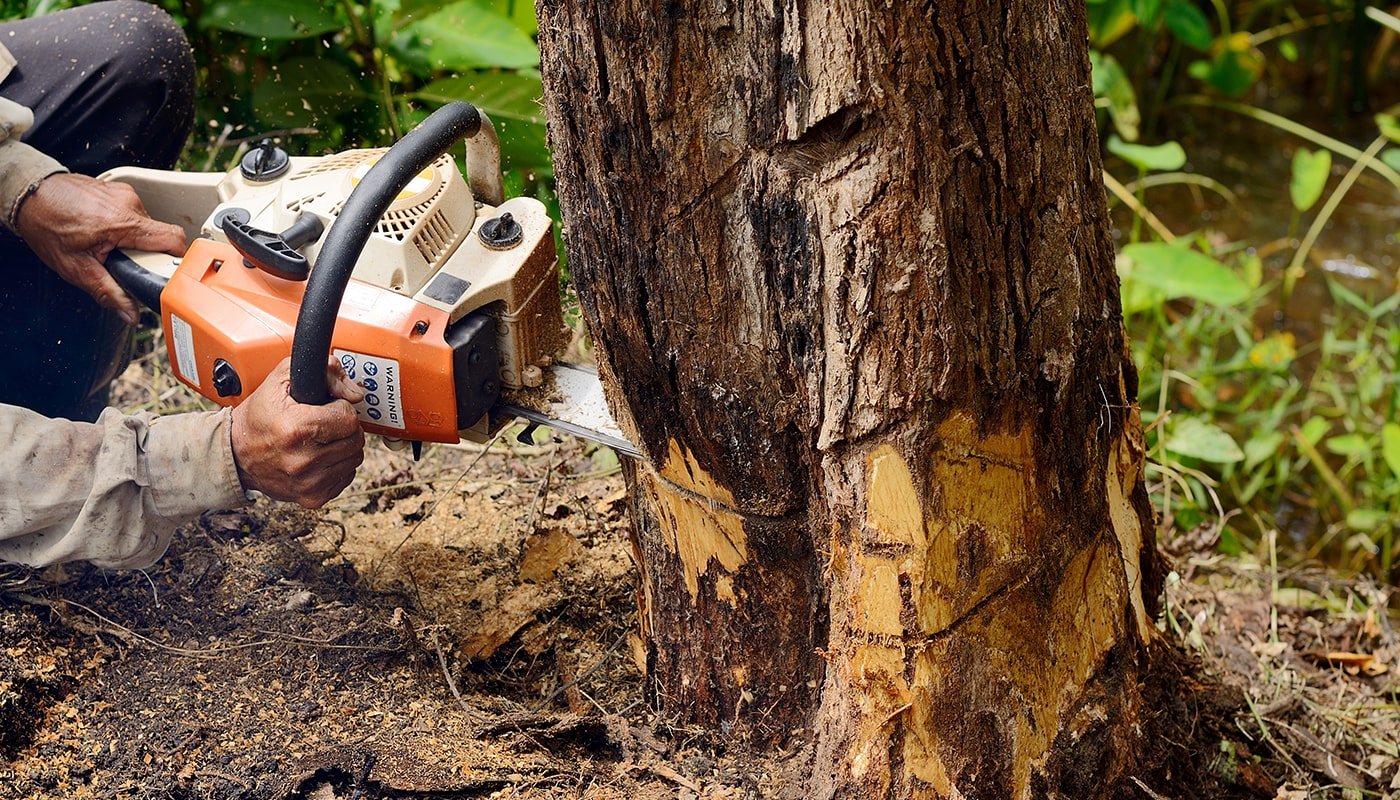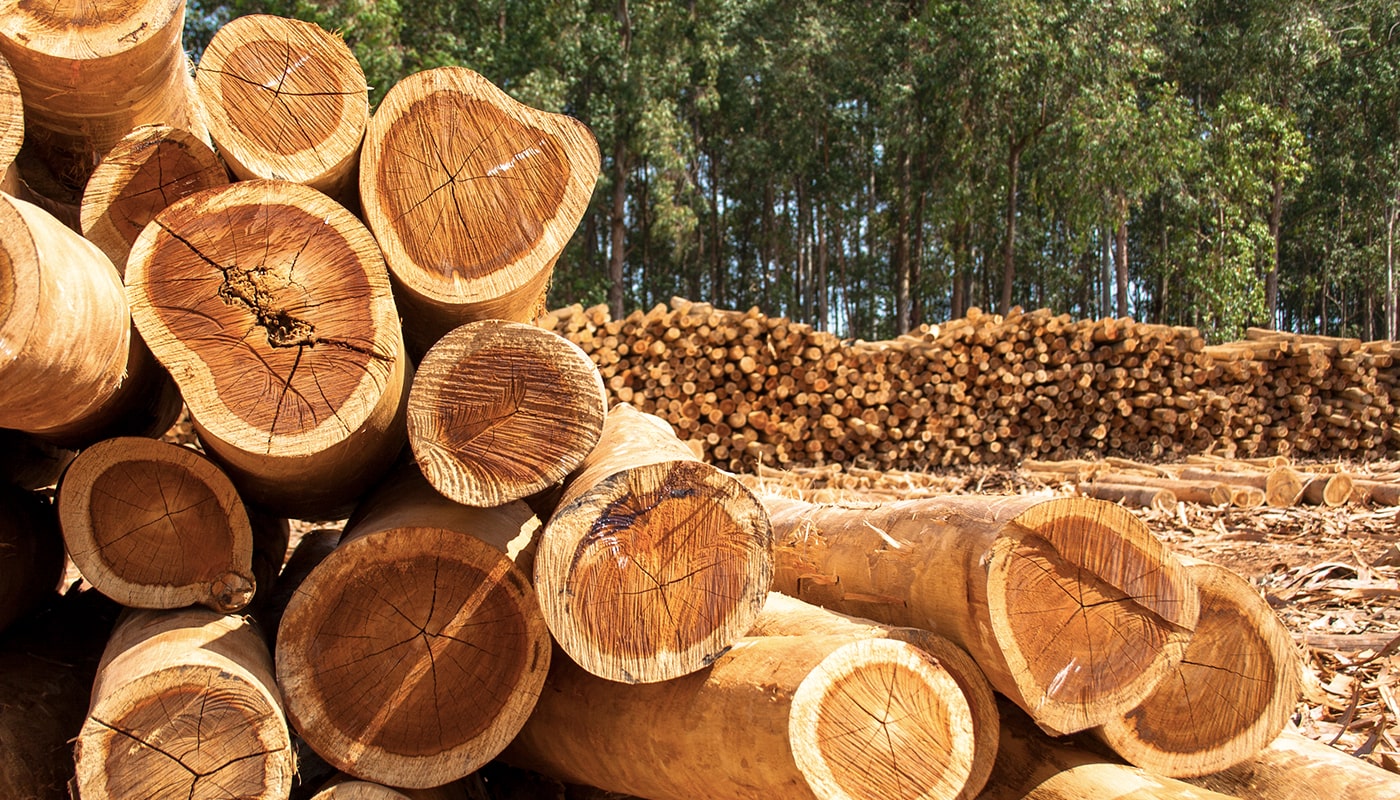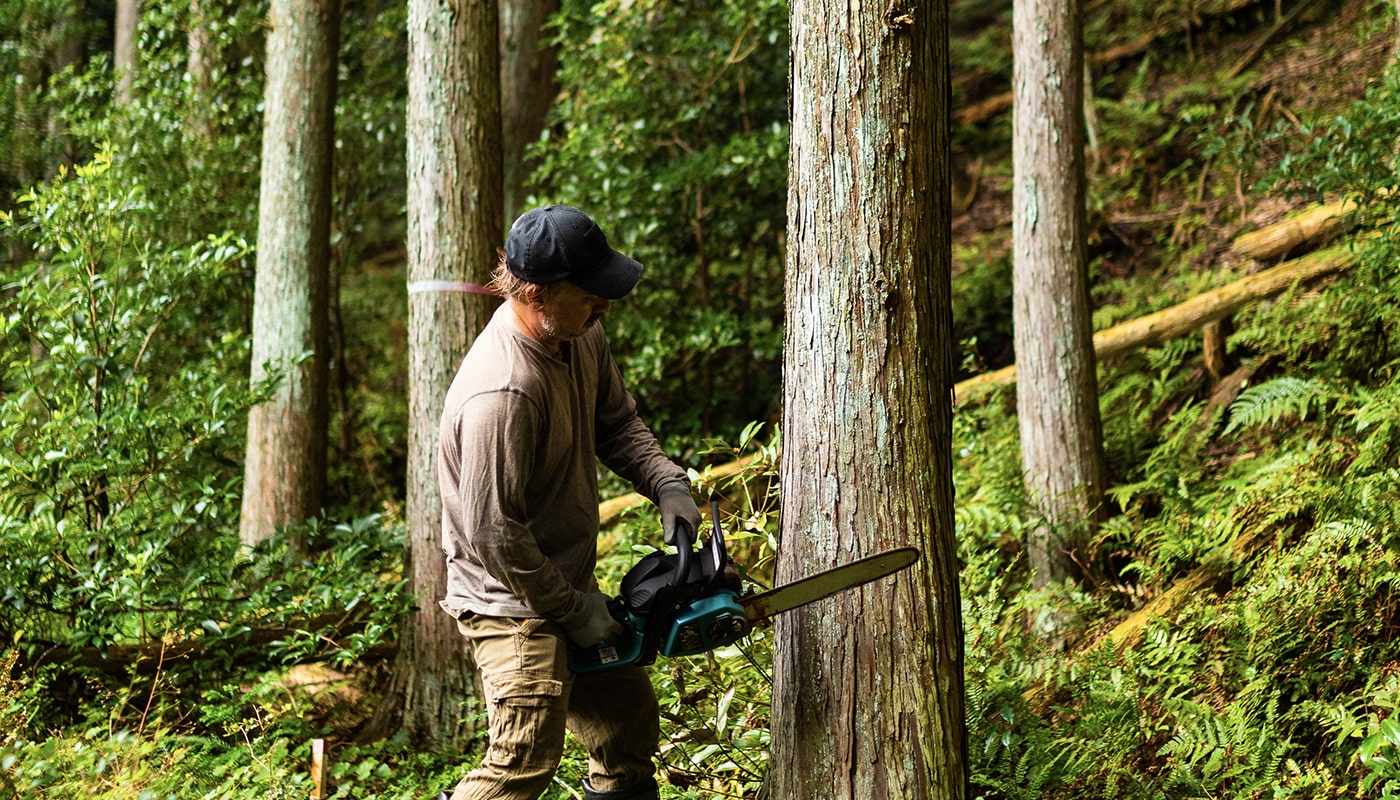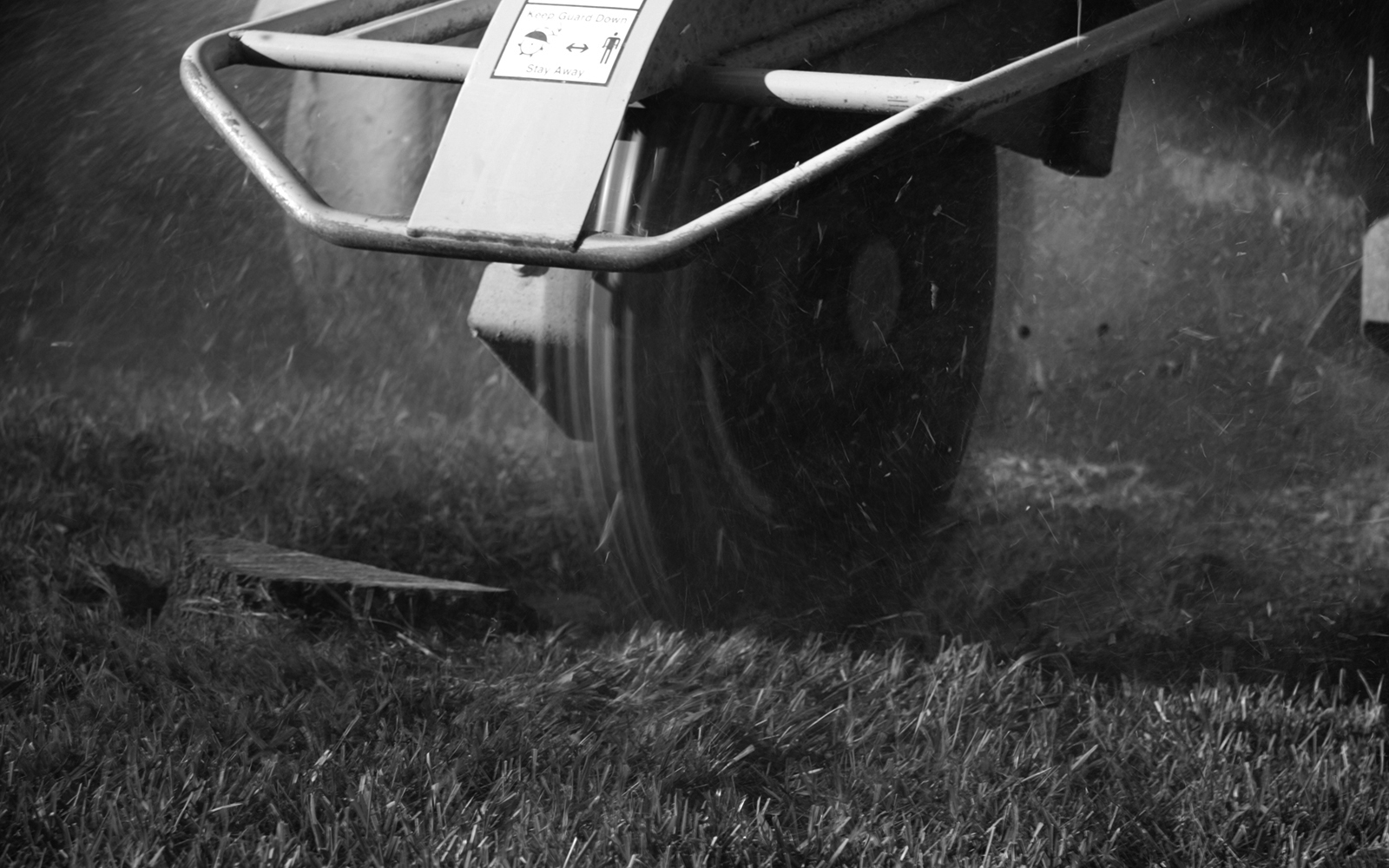There is a common misconception that cutting down a tree also kills the stump. However, a remaining tree stump can keep growing even after the tree is cut if it is not treated appropriately. Homeowners are then faced with choosing how to get rid of tree stumps after their problem trees are removed.
Need professional help getting rid of your tree stumps? Contact us today for a free estimate.
It may seem counter-intuitive, but removing tree stumps is a tedious task compared to cutting trees. While it might appear difficult, tree removal by cutting is a very straightforward job, while stumps can be much trickier. This is why stump removal services are generally not included in tree removal packages by tree service companies; they are performed and charged as a separate service. As a result, tree stumps are a common sight. Unfortunately, apart from being an unwanted eyesore, tree stumps can pose some real threats. They become great places for wasps and termites to build their nests. They can also damage your lawnmower and even cause injury to people walking in the yard. Getting rid of tree stumps is always a good idea.
Having a professional expert take out the remaining stump is easily the best option. They make sure that the process is carried out with precision, using the proper tools and equipment. They ensure that there is no unnecessary damage to the land and the plants around it. However, if you feel confident about doing it on your own, there are several ways to get rid of tree stumps that you can explore.
Stump Grinding
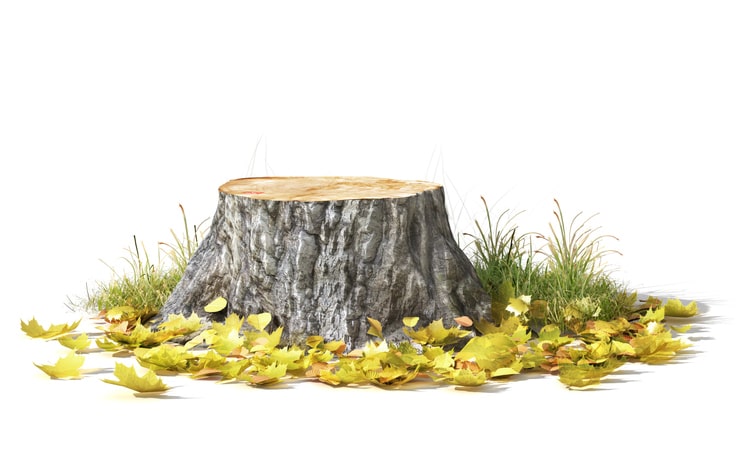
Grinding is a thorough method, perfect for removing tree stumps of large trees that are sturdy and hard to remove. In this method, the tree stump is cut as close to the ground as possible, preferably within an inch of it, using a chainsaw. Then, any roots and branches sticking out of the earth are removed before setting up the grinder. Once the grinder is situated on top of the stump, you will need to keep its position while it grinds up all the aerial roots, followed by the rest of the stump. Once the whole stump has been ground, you can chop up any remaining roots using an ax, fill the hole with soil or mulch, and remove any leftover wood chips.
If you are a mechanically-inclined person who loves to do things on your own, this is the method for you. If you have multiple stumps to remove, you may want to invest some money in power tools including drills, a chainsaw, and grinders as well as safety gear. Essential safety equipment includes goggles and masks to protect your face from flying wood chips and sawdust. You can also rent equipment from a nearby home improvement store. The machinery will come with specific manufacturer’s instructions to help you learn how to use it properly.
This tedious and time-consuming method involves heavy machinery and can cause damage to your yard and plants if done incorrectly. If you don’t want to get your hands dirty or do not feel confident taking on this task on your own, you can always call for professional help.
Stump Drilling
All you need to get rid of tree stumps through this simple method is a drill with long drill bits. Using this technique, you will drill holes half an inch to one-inch wide directly into the stump, throughout its entire surface. This allows rainwater, insects, rodents, etc., to enter into it and causes it to naturally degrade over time. The holes should be between 8 and 12 inches deep for them to be effective, and the greater number of holes there are, the faster the stump will degrade. The rate of degradation is slow with this method but can be accelerated by using Epsom salt and plastic on the stump.
Applying Epsom salt and smothering the stump with plastic can be used apart from drilling to slowly kill smaller or younger stumps. When applied in and around the stump, the mineral salt dissolves it from inside out, killing it. Wrapping the stump with dark plastic denies the tree sunlight, rainwater, and air, ensuring that it eventually dies. On their own, both of these processes are slow and require constant monitoring of the stump for around six months until the tree stump is entirely dead.
When combined with the drilling method, salting and covering enhance the speed and efficiency of the stump’s natural degradation process. To use them together, drill the holes, fill them with Epsom salt, and cover the stump with dark plastic. It takes only a few weeks, instead of many months, for the stump to die out on its own and start to fall apart. Because Epsom salt is high in mineral content, the remaining wood is also rich in these minerals. Once the stump is dead, you can pull apart the remaining wood and compost it.
Boiling Water
Like the creative application of Epsom salt, using boiling water is another affordable, easy, and natural technique to get rid of tree stumps. All you need is a large amount of boiling water to pour over the roots of the stump. It is crucial to ensure that the stump’s entire root system gets burnt in the process so that new shoots cannot grow back. Using an electric drill with a long bit to make holes in the roots can also help spread the heat throughout the root system.
While simple, this method involves some risk of getting burnt if you accidentally spill the boiling water on yourself. Also, any spillage around the stump might harm the surrounding foliage that you want to keep. Therefore, it is essential to handle the boiling water with great care or use a pipe or a hose capable of handling the heat to spray the water on the stump. You should also wear protective gear before taking on this job.
Burning
Burning is a natural and budget-friendly way to get rid of tree stumps. But before you get started with the process, you’ll need to call your local fire department and make sure that stump-burning is a legal activity in your area. There can be restrictions regarding open fires, especially if your area has drought conditions.
To start stump burning, you’ll need some firewood, possibly some of the chopped wood remaining from the removal of the tree, as fuel. Place the kindling on top of and around the stump. Place the wood in a manner that the stump is at the center of the fire. Light the fire and keep it burning for several hours until the stump has burned down to the ground. You will need to keep adding more wood to keep the fire burning hot and intense. Once the stump has finished burning, shovel the ash out from the hole and discard it. Then fill the hole with sawdust or mulch. You’ll need to keep adding material to the hole every few months as the matter sinks.
You may opt for a professional yard clean-up service once the stump burning is complete to give your yard a clean, fresh, and healthy look.
Digging
Digging out a stump out is a classic technique, but it is hard work. The process is affordable as it relies on more straightforward tools and physical effort, but it can become overwhelming if the stumps are large or if the roots are deep. For smaller or younger tree stumps, however, the job can be done faster than most methods using only a shovel and a hatchet.
The process begins with digging up the roots by chopping them using a hatchet. The primary goal is to reach the taproot, the thick, central root in the stump’s root system, and cut it out. You will need to chop and remove the smaller roots around the stump to reach it. Pouring water around the stump to expose the root system may help. A digging bar used for landscaping can also help lift and pry the hidden roots out of the soil. After removing all the roots, including the taproot, you can move on to removing the stump itself.
This job’s final task is to patch up the hole and shred the remainder of the tree stump with an ax. The leftover wood chips will decay on their own, turning into mulch that will provide vital nutrients to your soil. If you want to make sure that no part of the stump remains in your soil, you can plant a new tree or a flower bed in the location of the stump.
Chemical Stump Remover
This method of getting rid of tree stumps begins with drilling deep and evenly spaced holes on the top of the tree stump using an electric power drill. Because the holes are used to spread the chemicals throughout the root system, the deeper the holes are, the better it will work. Therefore, use the longest drill bit you can find.
Once you’ve drilled the holes, apply the stump remover according to the directions on the package. Most of the stump removers available on the market contain potassium nitrate that reacts with the wood to soften it and make it more porous. This allows the wood to decay more quickly. You will have to monitor the stump over several weeks as it decomposes. Once it has become soft enough, you can remove it easily using an ax or shovel.
After removing enough of the softened wood to level the stump, the next step is to burn the remaining part all the way down to the root system. Then remove the ash, level the soil, and cover it with mulch or loam. Additional material will need to be added over the following months.
One major precaution that should be taken while working with chemical stump removers is to keep them out of the reach of children, pets, and other animals. If ingested, the stump removal powder can be dangerous. For the same reason, extreme care should also be taken while treating the tree stumps with the chemical.
You may want to contact an arborist who can guide you before, during, and after the process of removing tree stumps to keep your soil’s fertility intact. They can also advise you in choosing the right chemical to treat the stump so that it does not harm the surrounding vegetation.
Getting rid of tree stumps is a laborious job. If not performed correctly, it can put not just the health of your yard at stake, but also your family. Great care should be taken when removing a tree stump to protect your property and personal safety. This includes the proper handling of chemicals, ensuring the quality of your soil is not degraded, and more. While you may want to try this job on your own, you can always reduce your risk by handing over the work to a trusted professional who knows how to get rid of tree stumps quickly and safely.

